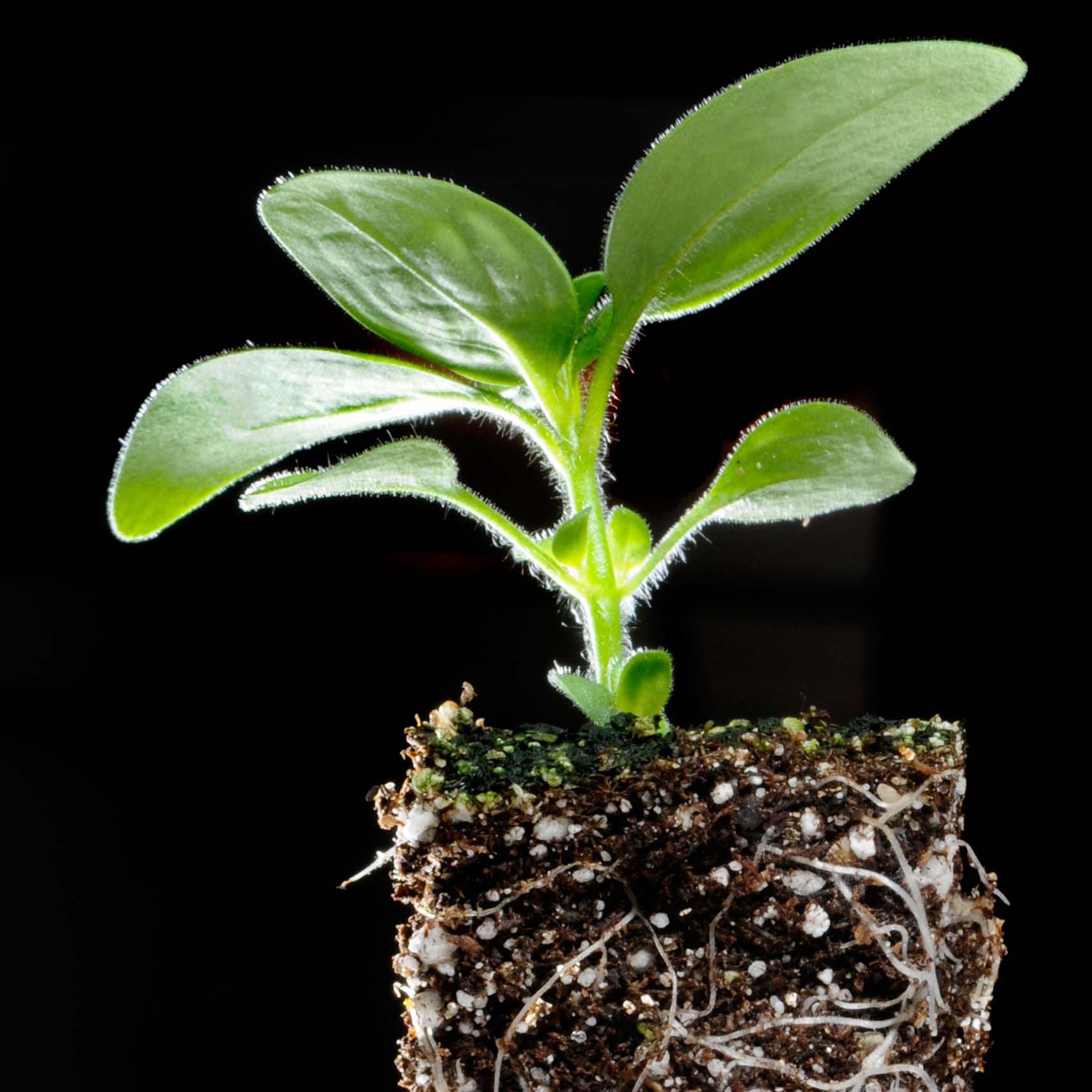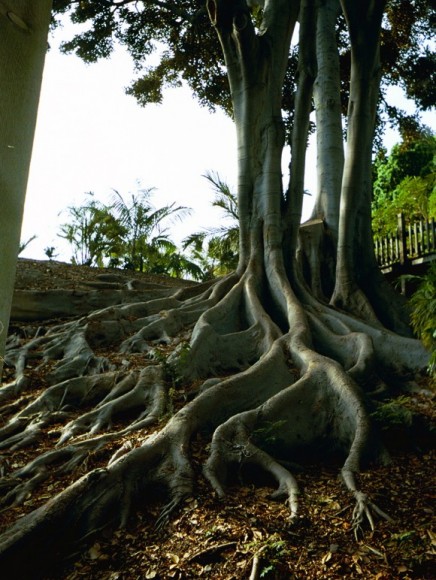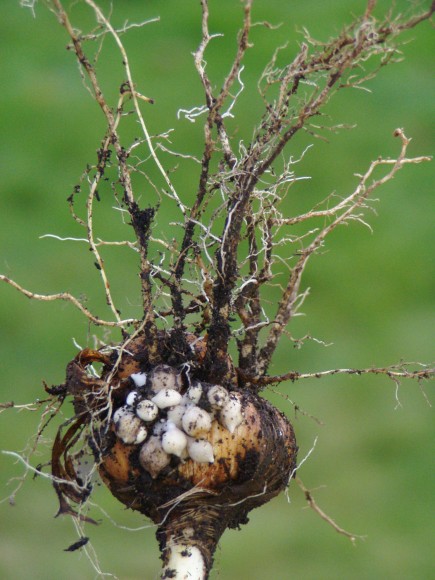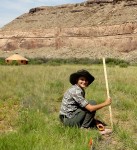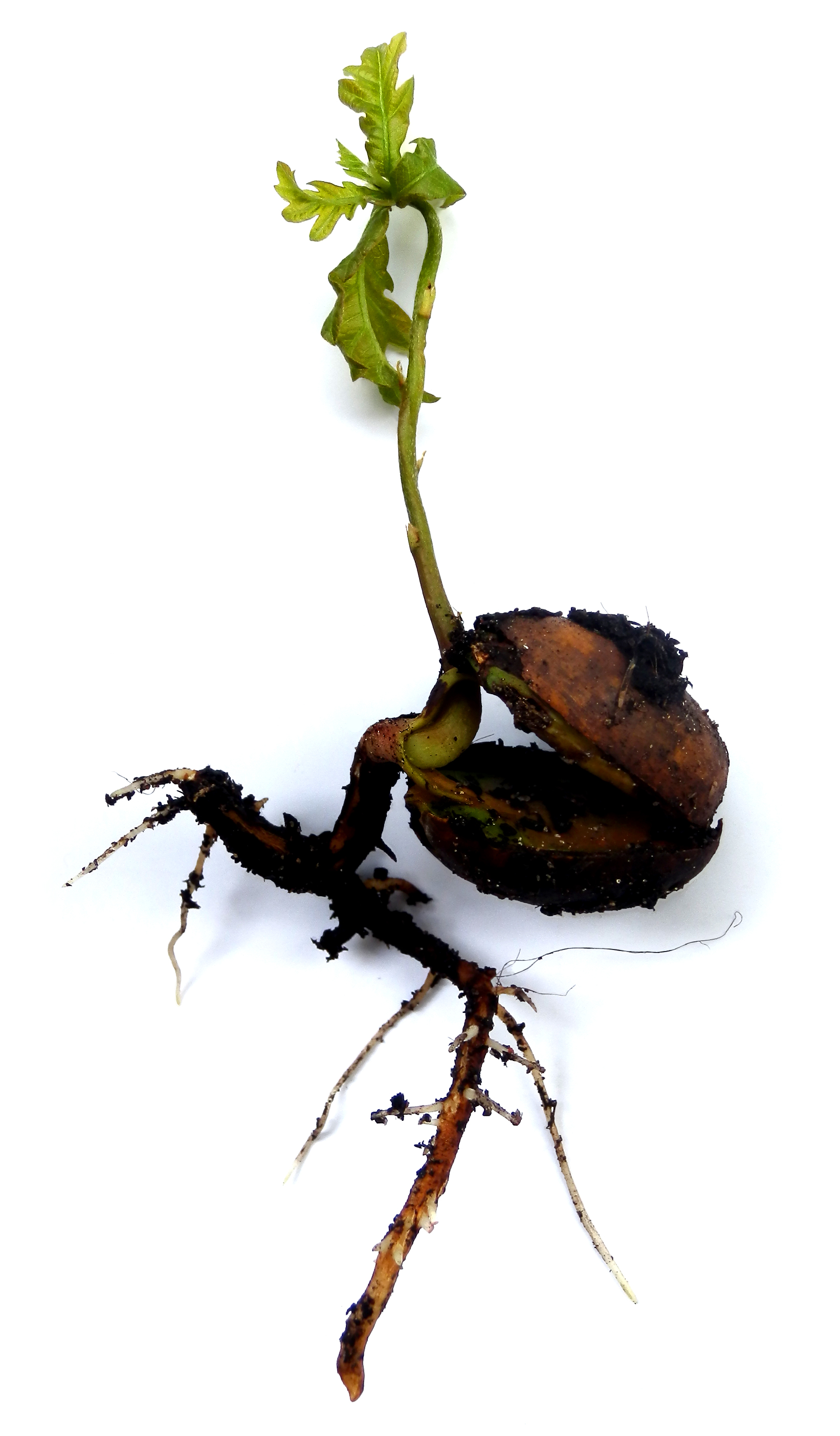 Alicia Foxx is a second-year Ph.D., student in the joint program in Plant Biology and Conservation between Northwestern University and the Chicago Botanic Garden. Her research focuses on restoration of native plants in the Colorado Plateau, where invasive plants are present. Specifically, she studies how we can understand the root traits of these native plants, how those traits impact competition, and whether plant neighbors can remain together in the plant community at hand.
Alicia Foxx is a second-year Ph.D., student in the joint program in Plant Biology and Conservation between Northwestern University and the Chicago Botanic Garden. Her research focuses on restoration of native plants in the Colorado Plateau, where invasive plants are present. Specifically, she studies how we can understand the root traits of these native plants, how those traits impact competition, and whether plant neighbors can remain together in the plant community at hand.
Life for plants on land is hard because the environment can become dry. Water is important because it is used when plants take in sunlight and carbon dioxide to make energy; this is called photosynthesis. In fact, the largest object in a plant cell is a sack that holds water. Without water, plants would die.
Plants first evolved in water, which is a comfortable place: there is little friction, you almost feel weightless, and…there was plenty of water back then. These plants had no difficulty photosynthesizing, as water diffused quite easily into their leaf cells! They had little use for roots.
Evolving Plant Structures
In the time plants evolved to live on land (100 million years later), water shortages and the need to be anchored in place became issues and restricted plants to living near bodies of water. Some plants evolved root-like structures that were mostly for anchoring a plant in place, but also took in some water.
It wasn’t until an additional 50 million years after the move on to land that true roots evolved, and these are very effective at getting the resources essential for photosynthesis and survival. In fact, the evolution of true roots 400 million years ago is associated with the worldwide reductions in carbon dioxide, since more resources could be gathered by roots for photosynthesis. Importantly, plants were no longer tied to bodies of water!
Water issues continued, however, even with true roots. Early roots were very thick and could not efficiently search through the soil for resources. So plants either evolved thinner roots, or formed beneficial associations with very tiny fungi (called mycorrhizal fungi) that live in the soil. These fungi create very thin, root-like structures that allow for more effective resource uptake. In general, while life on land is hard, plants have evolved ways to cope via their roots.
Garden scientists are studying the relationships between plants and mycorrhizal fungi in the soil. Orchids are masters of nutrient collection. The vanilla orchid has terrestrial (in soil) and epiphytic (above ground, or air) roots—and forms relationships with fungi for nutrient collection. Read more about research on Vanilla planifolia here.
Students in the Chicago Botanic Garden and Northwestern University Program in Plant Biology and Conservation were given a challenge: Write a short, clear explanation of a scientific concept that can be easily understood by non-scientists. This is our second installment of their exploration.
©2016 Chicago Botanic Garden and my.chicagobotanic.org

